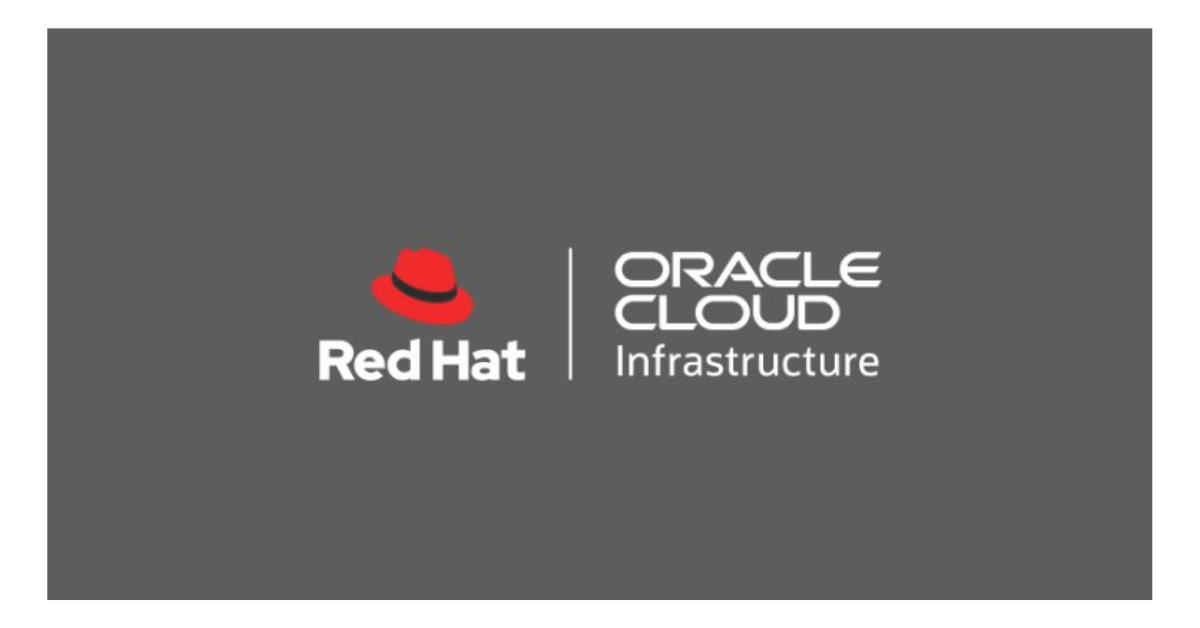You’re in for a surprise. But it involves computers. Red Hat and Oracle bring Red Hat OpenShift to Oracle Cloud Infrastructure However, Red Hat and Oracle, two big tech companies, teamed up to make it easier to handle special kinds of computer programs on Oracle’s system where stuff is kept online.
The Significance of Red Hat OpenShift:
You know how video games sometimes let you control lots of characters at once, moving and managing them all together? Think of OpenShift as a super helper for handling lots of little software boxes that hold mini-computer programs. This big helper makes it easier to play with these software boxes the way gamers juggle their game characters – you can make more or use fewer, as needed. The cool tech team that runs things behind the scenes – Red Hat – has made sure you can use this helper for big school or work projects because it’s really strong and can grow with your ideas. Remember all that stuff about moving game characters around? OpenShift rides on the coattails of something called Kubernetes, which is like the game world rules telling characters how to move smoothly and not crash into each other; there’s your tech without mazes or tricks.newaxis
Oracle Cloud Infrastructure: A Robust Cloud Platform
Red Hat and Oracle bring Red Hat OpenShift to Oracle Cloud Infrastructure The Oracle Cloud is a place on the internet created by a big company called Oracle, making things fast, safe, and ready to grow bigger for important work stuff. They give you lots of different tools like spaces to keep data, ways to send it around, and even special filing cabinets, which means it’s really good for companies that want to move their work online. Plus, it has some neat surprises too.
The Benefits of Bringing OpenShift to OCI
The collaboration between Red Hat and Oracle to make Red Hat OpenShift available on OCI offers several key benefits for businesses:
Simplified Kubernetes Management:
OpenShift, made by Red Hat, undeniably hides the hard parts of Kubernetes. Now, different groups with short to tall skills can use it with ease. By cutting down how tricky it feels, even teams that are surprised by this tech can start to manage their app containers much faster.
Integration with Oracle Services:
Code and looking after data is made easy; this mix-up does that. Red Hat’s OpenShift gets all mixed up with cool Oracle cloud extras, like some big Oracle data mind thing and their cloud stash; records are joined together without any bumps. Happy to be using OCI, shops find they can smoosh things together real smooth-like.
Security and Compliance:
Security is key for Oracle and Red Hat; safety rules matter too. Strong walls keep cloud-based apps safe with OpenShift and OCI. When OpenShift guards get paired with OCI’s tough gates, isn’t it true that apps living in the virtual skies are locked down well?
Hybrid and Multi Cloud Capabilities:
A deal was made under which apps can be looked after. This deal includes use both inside companies and with Oracle Cloud Infrastructure (OCI). Companies are allowed more choice in picking the right stuff for their unique situations due to the dual and multiple-cloud options the agreement gives.
Also Read – Thinking about a new iPhone? Try a factory reset
Scalability and Performance:
I use OCI to help my business tasks go real smooth and quick. OpenShift, a cool tool, lets me make more or less of my programs as needed without a hitch. So, because of this, my business can handle all the huge piles of info that’s super important and needs to get looked at right away. Therefore, it’s like having superpowers for my company’s computer jobs.
The Future of Container Orchestration
The collaboration between Red Hat and Oracle to bring Red Hat OpenShift to OCI is a testament to the growing importance of container orchestration in modern IT operations. As businesses continue to adopt containerization and Kubernetes, the availability of OpenShift on OCI simplifies the management and deployment of containerized applications.
This partnership also underscores the trend toward greater integration and interoperability among cloud providers and technology vendors. By offering a seamless solution that combines the strengths of both Red Hat and Oracle, businesses have more choices and flexibility in their cloud strategies.
In conclusion, the availability of Red Hat OpenShift on Oracle Cloud Infrastructure marks a significant step in the evolution of cloud-native application deployment. It provides businesses with a powerful and integrated platform for managing containerized applications, enabling them to harness the full potential of Kubernetes while leveraging the benefits of Oracle’s cloud services. This collaboration represents a win-win for organizations seeking to modernize their IT infrastructure and accelerate digital transformation initiatives.

